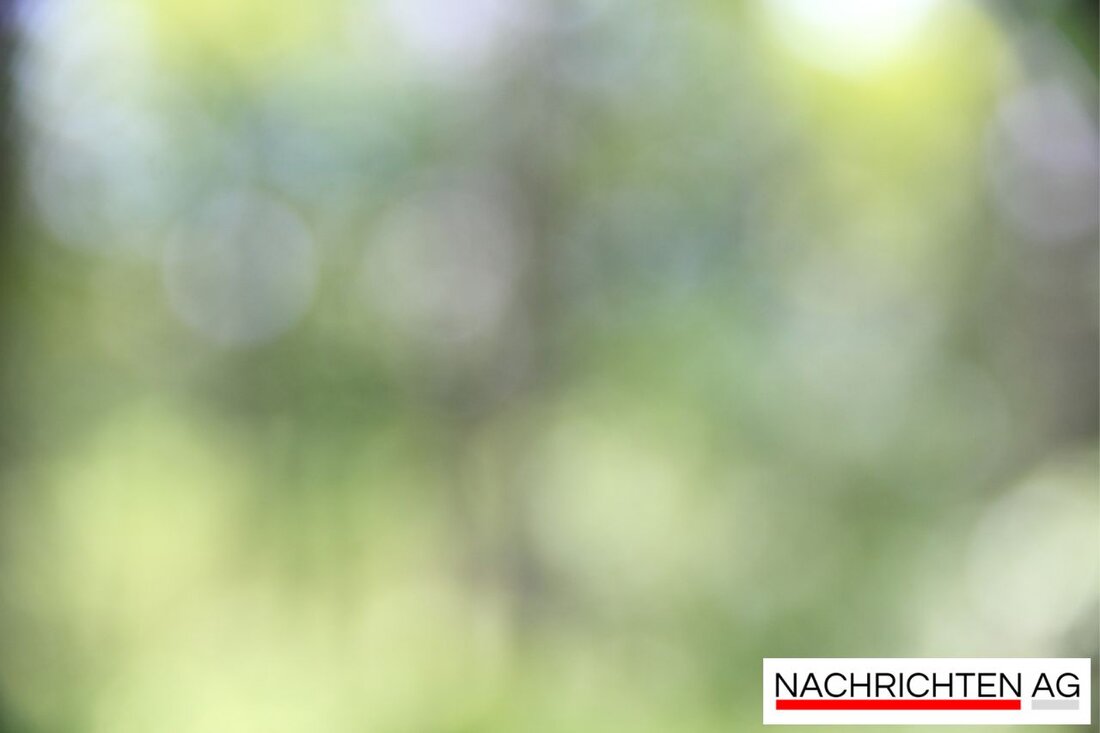Breitehorn: 400 votes for the new usage path in Spandau!
The Spandau district office provides information about the completion of public participation in the Breitehorn feasibility study and the next steps.

Breitehorn: 400 votes for the new usage path in Spandau!
The Spandau district office has successfully completed public participation in the feasibility study of the Breitehorn area. By the end of August 2025, more than 400 responses were received, which are now being evaluated by the district's specialist offices. A report on the results is expected by the end of October 2025, followed by the creation of an implementation roadmap for the area, which is about 13 football fields in size. To date, there are no final decisions on the long-term use of this area, which offers great potential for sustainable development.
The district office aims to coordinate directly with the local weekend settlements and has already considered measures to make the banks of the Havel more enjoyable to experience. Motor vehicle traffic should be reduced, while nature conservation concerns are taken into account when reorganizing use. City councilor for construction Thorsten Schatz emphasizes that there are no predetermined measures for the weekend clubs and that all contractual obligations should be discussed in dialogue.
Transparent participation and public feedback
Transparency in dealing with the purchase agreement for the Breitehorn has so far been limited. Although the district office refused to view the contract, the Spandau land registry office was now granted access. The purchase price is 3,827,000 euros, while a reduction of 350,000 euros is being discussed. Critics question whether this amount can really represent significant financial damage to the district.
A petition calls for more transparency from the district office and calls on citizens to raise their voices by August 29, 2025. Supporters are invited to leave comments on the petition to encourage a change in how the district uses resources and plans. This is particularly important because there is a risk of inadequate renaturation measures that could put a financial strain on the district.
Public participation in urban development
Public participation is an elementary part of land-use planning. It not only promotes transparency, but also the acceptance of decisions by incorporating the specific knowledge of those affected. In Berlin, it is of great importance to record the wishes and needs of residents in order to improve living conditions and mitigate the social consequences of renovation and urban redevelopment measures, as stated by the Toolbox for Environmental Justice.
By actively involving the public in planning processes, the risk of ignoring the needs of the population can be reduced. It was emphasized that various options exist to involve the population in urban development policy decision-making. The coming months will be crucial in making the results of the feasibility study and the subsequent implementation steps transparent and participatory.

 Suche
Suche
 Mein Konto
Mein Konto
